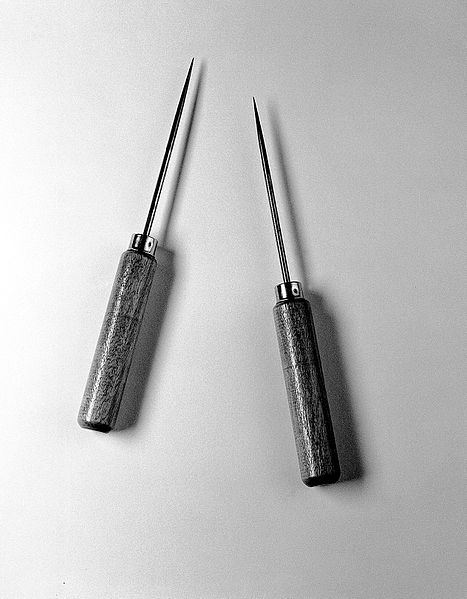Mental health issues are something many deal with on a day to day basis. We have many forms of treatments that are used, such as medications and different types of therapies. However, treatment was not always ethical or human.
The earliest form of treatment used to treat this issues was called Trephination. This practice was where doctors would remove a small piece of the skull. This was used for many issues such as a headache, mental illness and to help with suspected demon possessions.
In the 1600s the use of bleeding and purging grew in popularity. Those during this time said that the cause for this type of illness was due to the horrors of the body. Bleeding out and purging was thought to help the imbalance that was causing the disease. However, this practice was used to treat multiple other conditions or diseases such as asthma, diabetes, cancer, smallpox and stroke.
Asylums were also used and many times those who lived in them were treated cruelly. Asylums often were not meant to do anything but remove those perceived as mentally ill from society.
Nurses would often punish the patients by beating them if they felt like it. They were often bathed in cold water if they were bathed at all. Many of the staff did not care at all about the patients. In many cases, the mentally ill would become disorganized and their conditions would worsen.
As the patients got worse, the staff would allow payment to watch the patients act in an insane state. Asylums were very inhumane and often times their goal was not meant to help the mentally ill.

The practice of insulin coma therapy began in 1927 and lasted until the 1960s. This therapy purposely put patients into a low blood sugar coma. They would put the patients into a coma by injecting them with insulin to make them fall unconscious. The coma could last up to one or four hours.
This practice was done due to the belief that the levels of insulin could alter the brain function and help or cure mental illness. A risk associated with this therapy is that patients would have a prolonged coma due to not responding to glucose. The mortality rate of this procedure was between 1 to 10 percent.
Metrazol therapy was commonly used in the late 1930s to mainly treat schizophrenic patients. This therapy caused patients to have seizures. The seizures occurred minutes after the patient received the injection. This therapy was considered dangerous because it often led to fractured or broken bones and torn muscles. This therapy led to electroconvulsive therapy (ECT).
Lobotomy became widely used in the 1940s and 1950s. This surgery was performed by using a orbitoclast which resembled an ice pick. They would insert the orbitoclast through the top of the eye socket.
The surgeon would then use a hammer to lightly tap on the orbitoclast causing the thin layer of bone to break and enter the brain. Upon entering the brain they would then twirl it around inside the brain moving the brain matter around. Then take it out and repeat that process on the other side through the eye.

Lobotomies caused many issues. The first being that they were moving around brain matter in the frontal lobe.
The frontal lobe is the part of the brain that is responsible for our higher thinking skills. It is what controls our memories, emotional regulation, language, judgment and many other things. It is like the control center for our whole brain; meaning when you damage this part of the brain you are altering a person entirely.
Due to how this surgery affects the brain, many patients were described as “zombies” or even a new person. Due to the severity of the brain damage that was inflicted and would often change a patient’s behavior. So if a patient was presenting violent outburst the lobotomy worked because it was destroying the emotional regulation of the brain.
This practice was so widely accepted during this time President John F. Kennedy’s sister Rosemary received one. Upon receiving one at the age of 23 she lost all ability to walk or talk. She was institutionalized and until later in her life, she was moved to a residential care facility to live out the rest of her life until her death in 2005.
Lobotomies began to become less practiced by the 1970s after a doctor tore a blood vessel causing a patient to hemorrhage to death. Although they were not being used anymore and the practice was discredited, at least 50,000 lobotomies had already been performed.
The history of how we dealt with mental illness is not very positive. Patients were often not seen as people. However, we have made huge strides in fixing the treatment of mental health.
We are studying mental issues individually to help with correct ways of treatment. They have come up with diagnostic criteria for mental health issues. This criterion can be found in the Diagnostic and Statistical Manual of Mental Disorders (DSM), which is currently in its 5th edition. It will likely have many more editions released in the future as research improves.
Although treatment has not been perfected by any means, there has been a lot of progress, and I believe that in itself is very important.
Ashley Brown
Social Media Coordinator

